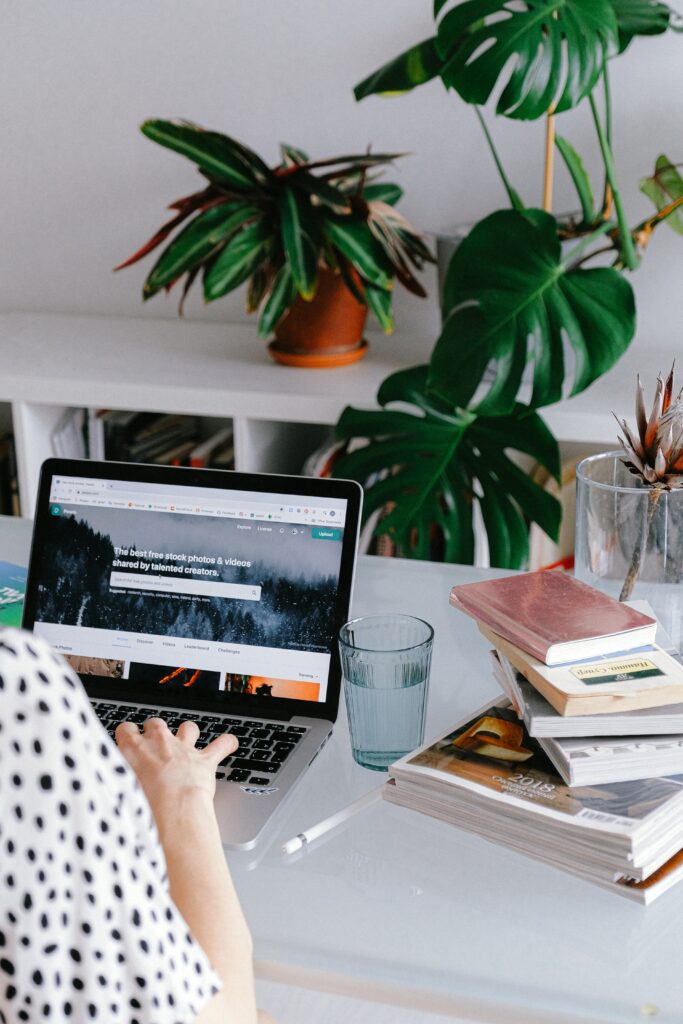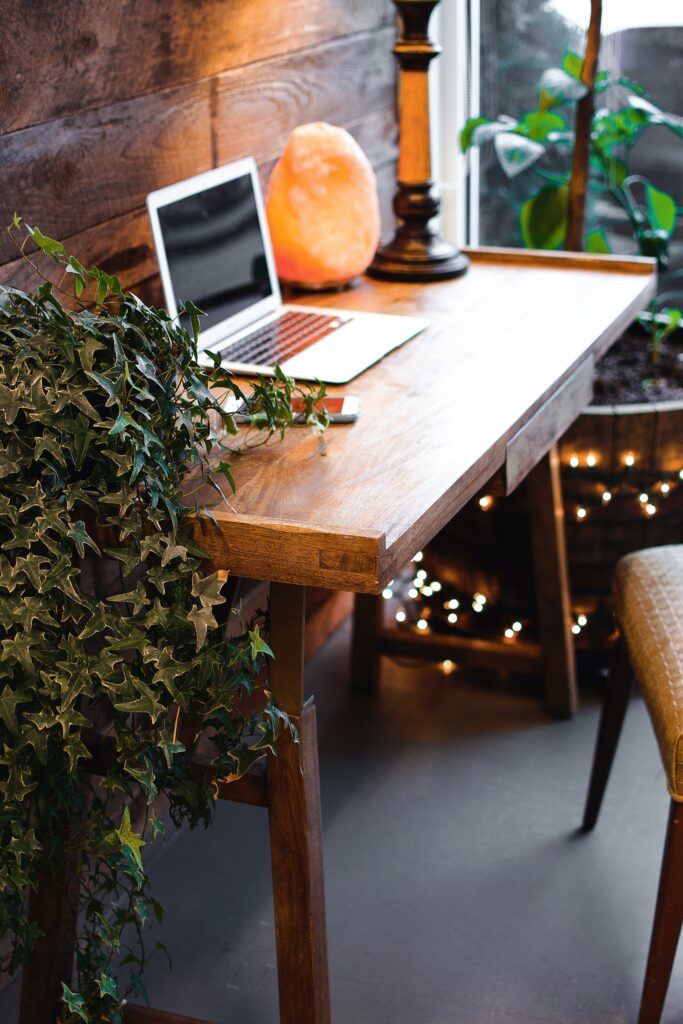Ciphr unveils new Reading HQ to support strategic growth
25 Apr 2024
Published on:
08 July 2020
Updated on:
18 July 2022
Read time:
less than a minute
Cyril Parsons, joint managing director and co-founder of design and workplace consultancy, Office Principles considers how the office might present itself, post the Coronavirus pandemic, and anticipates the changes to come
The perception of what we need from our workspace has drastically shifted in these unprecedented times, giving us the opportunity to redraft the blueprint of the office environment, embed positive habits and introduce significant change.
Home as first base

We۪ve got used to our homes doubling as our working space and a lot of us now claim to prefer this way of working and the work life balance it has allowed.
In a recent survey conducted by workplace consultant and psychology expert, WKSpace, and completed by almost 17,000 workers in the UK, it was found that 76 per cent of participants wanted the option to work from home more in the future.
The long held myth that working from home is a cop out, generating less productivity, has certainly been well and truly busted during the first stage of lockdown. Most employers and employees have deemed working from home to be a success in terms of the quality and amount of work completed and there۪s a definite willingness for this to be continued, partially or completely, for the majority of office workers moving forward.
Verb not adjective
This approach, which effectively positions work as something that we do rather than a place where we go, complements the agile working style that allows workers to work in ways that best suits them.
We are entering a period of adjustment and we will certainly see a degree of agility and flexibility in the return to many workplaces in the short to medium term as employers introduce split shifts, staggered starts and alternate office-based days as initiatives to hold Covid-19 at bay.
Changing space
As a blended work from home and office pattern emerges during this transitional period, we are likely to see a reduction in the real estate space requirement which will impact long-term.
How popular working from home proves to be when it is choice rather than necessity is still to be seen but if a more fluid and blended approach is established as early indications suggest then space will most certainly change to accommodate the new requirement.
Positive outcomes

This pandemic gives us an opportunity to make responsible and positive changes, supporting a more sustainable way of working moving forward. Many businesses have struggled to keep sustainable issues high on the agenda now these issues have made their own way to the top as the working world becomes more environmentally sound.
More people working from home and deploying agile methods of working means less commuters and less people on the roads, going forward. It also reduces the amount of electricity used and gases emitted in the workplace, overall.
While working from home, a percentage of employees have got used to operating without printers and photocopiers and are likely to find that they can manage with less office equipment in the short, medium and long-term.
We۪ve been forced to adopt an eco-friendlier approach and this is our chance to carry it forward and reduce the amount of these machines in our offices.
We should embrace it.
What our future offices might look like
The period of mandatory working from home has peeled the lid off how we feel about work, along with many of the possibilities surrounding how we work and what we hope to get from any new work environment.
This is a time for listening as we reshape the office landscape to make it future fit.
Employers will have to consult with their teams to find out what people value most about the time they spend in the office so that the right space is carved out for each desired activity.
What has been most evident during lockdown is that people miss people and yearn for social interaction. There will always be a need for a business to hold space to bring people together so the office will remain intact however, its present incarnation is unlikely to.
Current, typical office design dominates with open plan, allocating approximately two thirds of current space to open plan desks, with the remaining third split between storage, meeting rooms and social areas. If we change our working style, opting to come in for meetings, collaborative working and to see colleagues, then this split may need to switch around.
There will most definitely be changes to how space is planned and fitted out in the longer term to support the shift in office culture and to reflect a deeper commitment to staff wellbeing.
The future office is likely be more of a destination; somewhere to go to mix with co-workers. With that in mind, designs may reflect styles more commonly associated with lounge areas and boutique hotels to provide welcome social spaces.
By regenerating itself to best accommodate its intended occupants, with an understanding of the new requirements, which we are all in the early stages of processing, the office will survive and thrive.
For further information on Office Principles and its services, visit www.officeprinciples.com